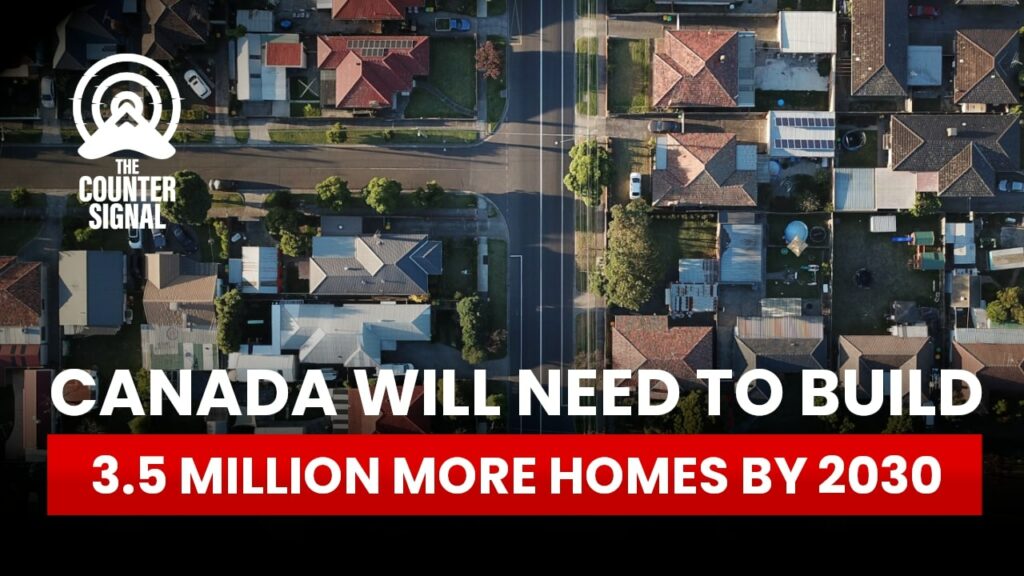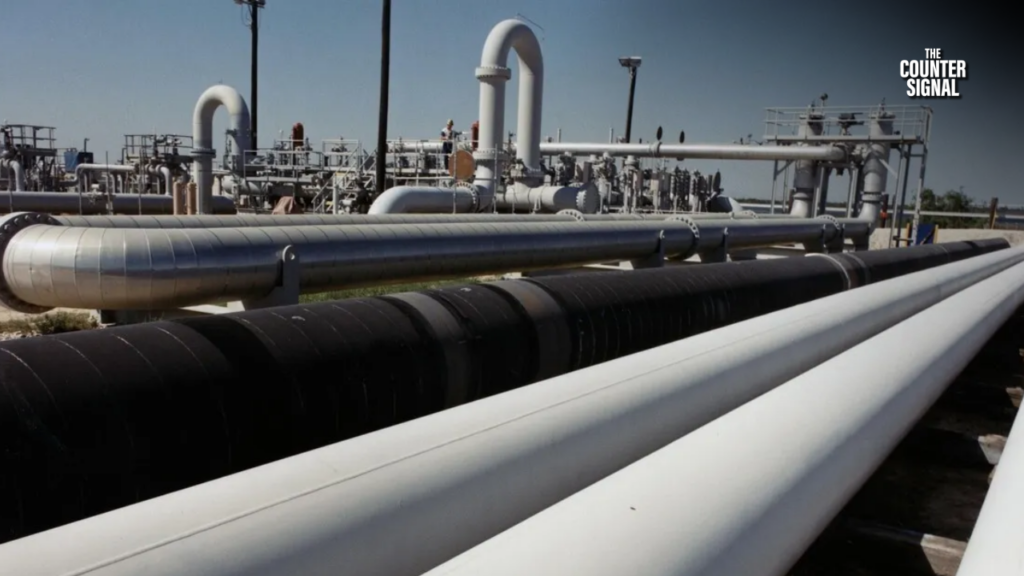According to the latest CMHC report, Canada is on track to be 3.5 million housing units short by 2030 and will need to more than double the house-building rate to keep up with demand.

“Canada’s approach to housing supply needs to be rethought and done differently,” said the CMHC’s deputy chief economist, Aled ab Iorwerth.
“There must be a drastic transformation of the housing sector, including government policies and processes, and an ‘all-hands-on-deck’ approach to increasing the supply of housing to meet demand.”
As per the report, 3.5 million new housing units will need to be built by 2030 to keep up with demand. And this is on top of the projected 2.3 million homes that are expected to be built.
A separate CMHC report also states that housing supply, not inflation, is the greatest contributor to skyrocketing home prices, which continues to be a significant barrier to prospective first-time homebuyers.
In the latest report, there are two primary factors which the CMHC uses to make its projections: demographic population change regarding aging and the scale of immigration.
Regarding the first factor, obviously, the number of people coming of home-buying age relative to the previous generation needs to be considered. However, Canada has had below-replacement fertility levels for well over 30 years, reaching an all-time low of 1.4 children per woman on average in 2020.
Nonetheless, Canada still has a growing population due entirely to immigration.
Indeed, while Canadians are having fewer and fewer babies each year, the Trudeau government broke the record for immigration into the country in 2021, bringing in a staggering 401,000 new immigrants, mainly from India and China.
Today we hit a historic record as we surpassed our 2021 Levels Immigration Plan goal. We welcomed over 401,000 new permanent residents to Canada in 2021, the largest number in a single year in Canadian history.
— IRCC (@CitImmCanada) December 23, 2021
Learn more: https://t.co/skUD564joF pic.twitter.com/Oe7AfshEVC
Trudeau has further committed to breaking this record each year until 2023, when he is expected to renew his promise of bringing in over 400,000 immigrants yearly.
As an aside, the provinces which are expected to face the most severe housing shortages are BC and Ontario, with BC having the lowest fertility rate in the country (1.17 births per woman) but the second-highest immigration level, while Ontario has the second-lowest fertility rate (1.34 births per woman) in the country not including the small Atlantic provinces and the highest immigration level.
As per the report, two-thirds of the housing supply gap will come from BC and Ontario by 2030.
Given these factors, it isn’t a stretch to assume that the main driver of housing demand in Canada is due to immigration increases rather than the size of the next generation born to Canadian families.
Indeed, in the CMHC report, the authors write, “Increasing the number of permanent immigrants beyond expected trends means that more housing will need to be built to accommodate them. This also presents challenges for the timing of bringing those dwellings – whether to own or rent – to market. Whereas increasing immigrant numbers can be done quickly, the time it takes to approve and build new housing takes years.”
While one solution to the housing dilemma is to more than double the rate of housing, which is unlikely to happen, another would be to simply ease off on current immigration trends to give construction workers time to accommodate the immigrants and native-born Canadians already in the country.
However, neither the Liberal Party nor the Conservatives have stated they’d be willing to reduce immigration. Moreover, during the 2021 leadership debates, both Trudeau and former Conservative Party Leader Erin O’Toole agreed that labour shortages should be addressed by increasing immigration to even less sustainable levels.
Put simply, neither of the dominant parties are willing to consider even slowing immigration into the country to address housing shortages, let alone halting it for a couple of years to address current shortages.









